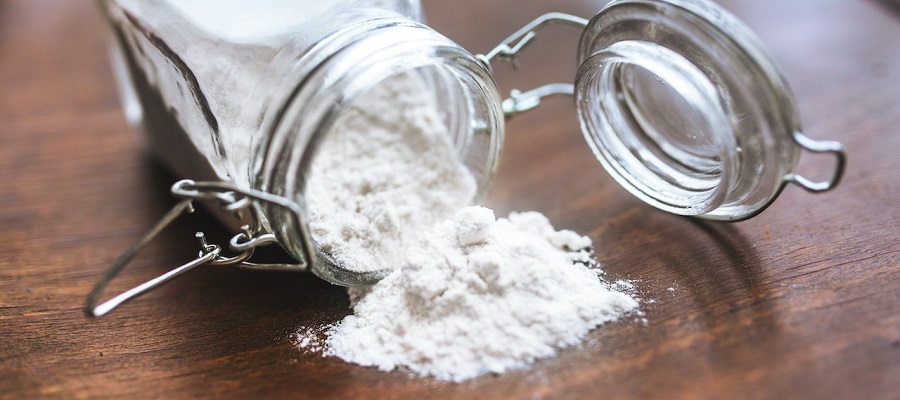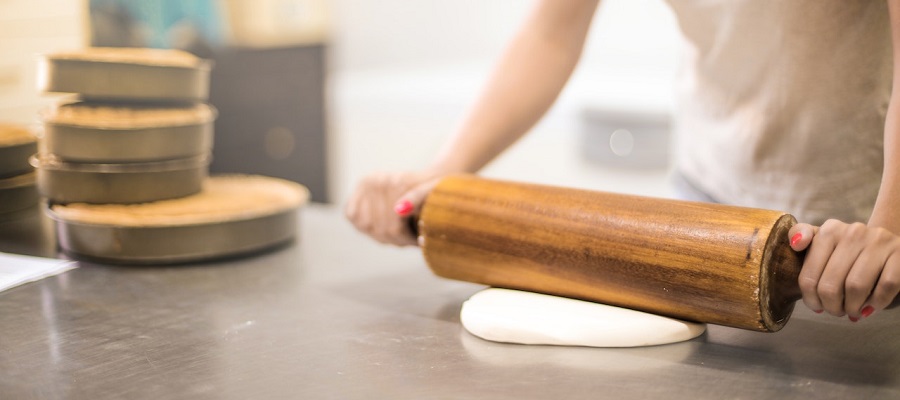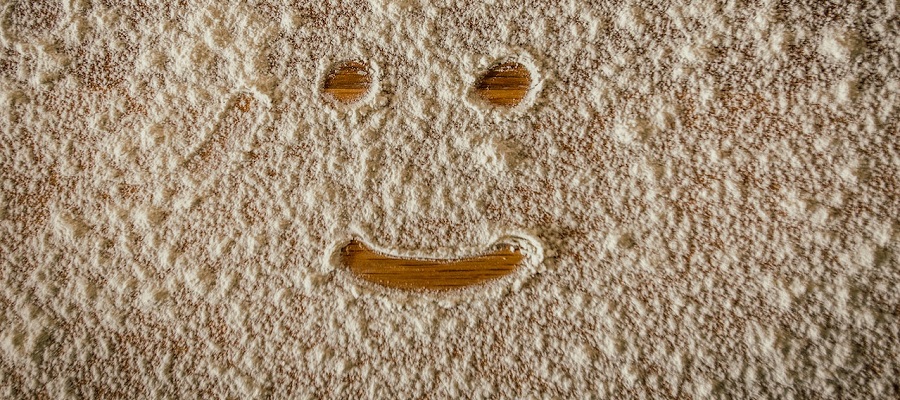Bread flour is made from hard wheat, which has a higher protein content than soft wheat. It is milled from the entire wheat kernel, including the bran and germ, and is typically more coarsely ground than all-purpose flour.
Bread flour is available in both bleached and unbleached varieties. Bleached flour has been treated with chemicals to whiten the flour and improve its texture, while unbleached flour has not been treated and has a slightly off-white color. Both types of bread flour can be used interchangeably in recipes, although some bakers may prefer the taste and texture of unbleached flour.
Overall, bread flour is an essential ingredient in many bread recipes, providing structure and helping the dough to rise and hold its shape. It is also a good source of protein, B vitamins, and iron.
Which dishes can I prepare with bread flour?
Bread flour is a type of flour that is specifically designed for use in bread recipes. It has a higher protein content than all-purpose flour, typically ranging from 12-14%, which gives it the ability to create a strong and elastic dough that is capable of holding its shape during the rising process. As a result, bread flour is often used in bread recipes that require a lot of structure, such as baguettes, sourdough bread, and artisan breads.
In addition to bread, bread flour can also be used in a variety of other dishes, including:
-
Pizza dough: Bread flour can be used to make pizza dough, providing structure and helping the dough to rise.
-
Pretzels: Bread flour can be used to make pretzel dough, providing structure and helping the dough to hold its shape.
-
Baguettes: Bread flour is often used to make baguettes, providing structure and helping the dough to rise and hold its shape.
-
Pastries: Bread flour can be used in pastries such as croissants, providing structure and helping the dough to rise and hold its shape.
-
Flatbreads: Bread flour can be used to make flatbreads such as naan, providing structure and helping the dough to rise.
Overall, bread flour is a versatile ingredient that can be used in a wide range of dishes that require a strong and elastic dough. It is also often used in combination with other types of flour, such as all-purpose flour, to add structure and elasticity to the dough.
How healthy is bread flour?
Bread flour is a good source of carbohydrates and protein, and it also contains small amounts of other nutrients such as B vitamins, iron, and selenium. However, like all types of flour, it is a processed food that has had most of the nutrients removed during the milling process. As a result, it is not as nutritionally dense as whole grain flours, which are made from the entire grain, including the bran and germ.
In terms of overall health, it is generally recommended to choose whole grain flours whenever possible due to their higher fiber and nutrient content. Whole grain flours have been shown to have a number of health benefits, including helping to reduce the risk of heart disease, diabetes, and certain types of cancer.
That being said, bread flour can still be a part of a healthy diet when consumed in moderation and as part of a balanced diet that includes a variety of whole grains, fruits, vegetables, and other nutrient-rich foods. It is also important to pay attention to the overall nutrition content of the foods that you are making with bread flour, such as the amount of added sugars and unhealthy fats.


